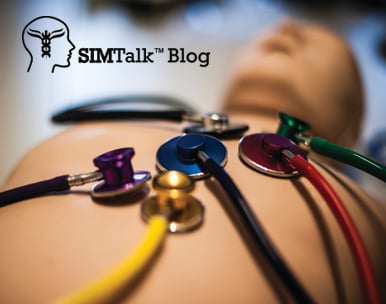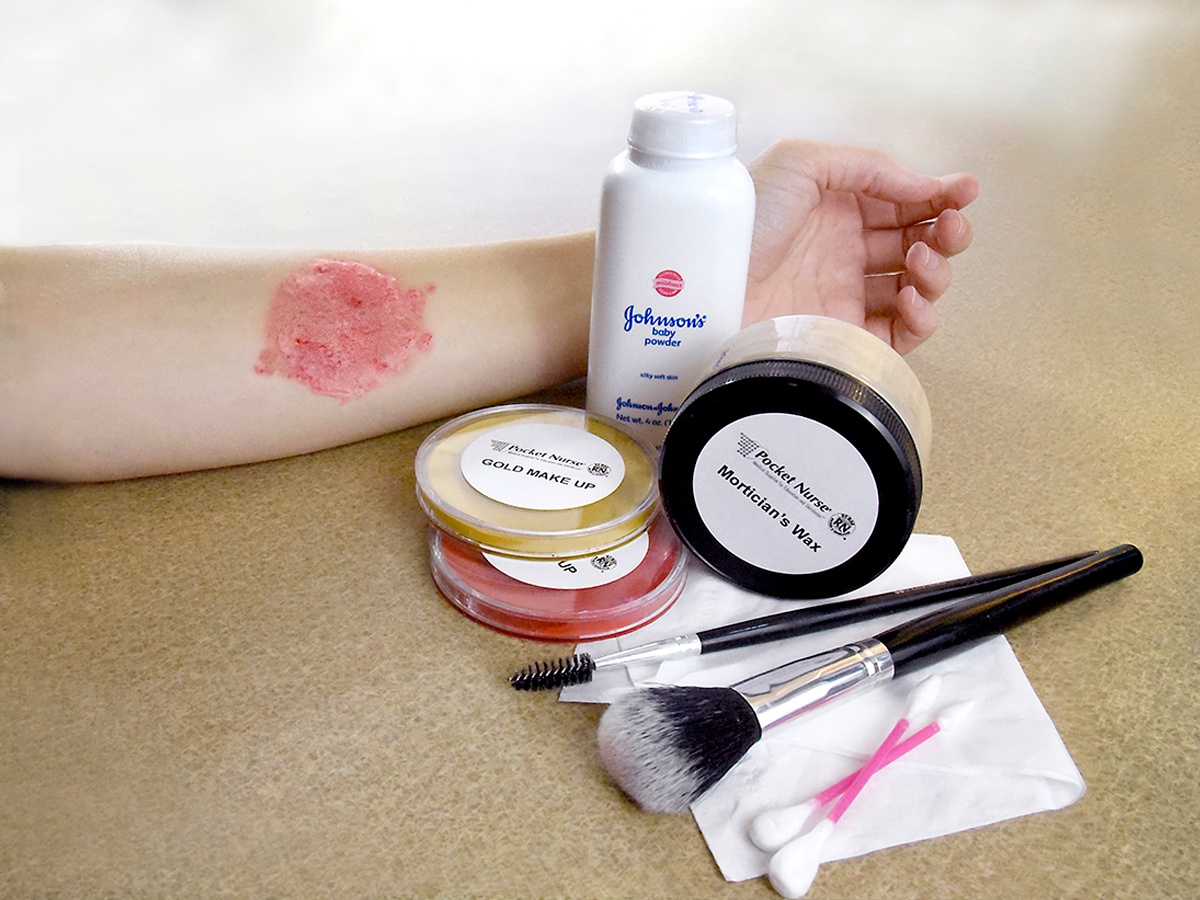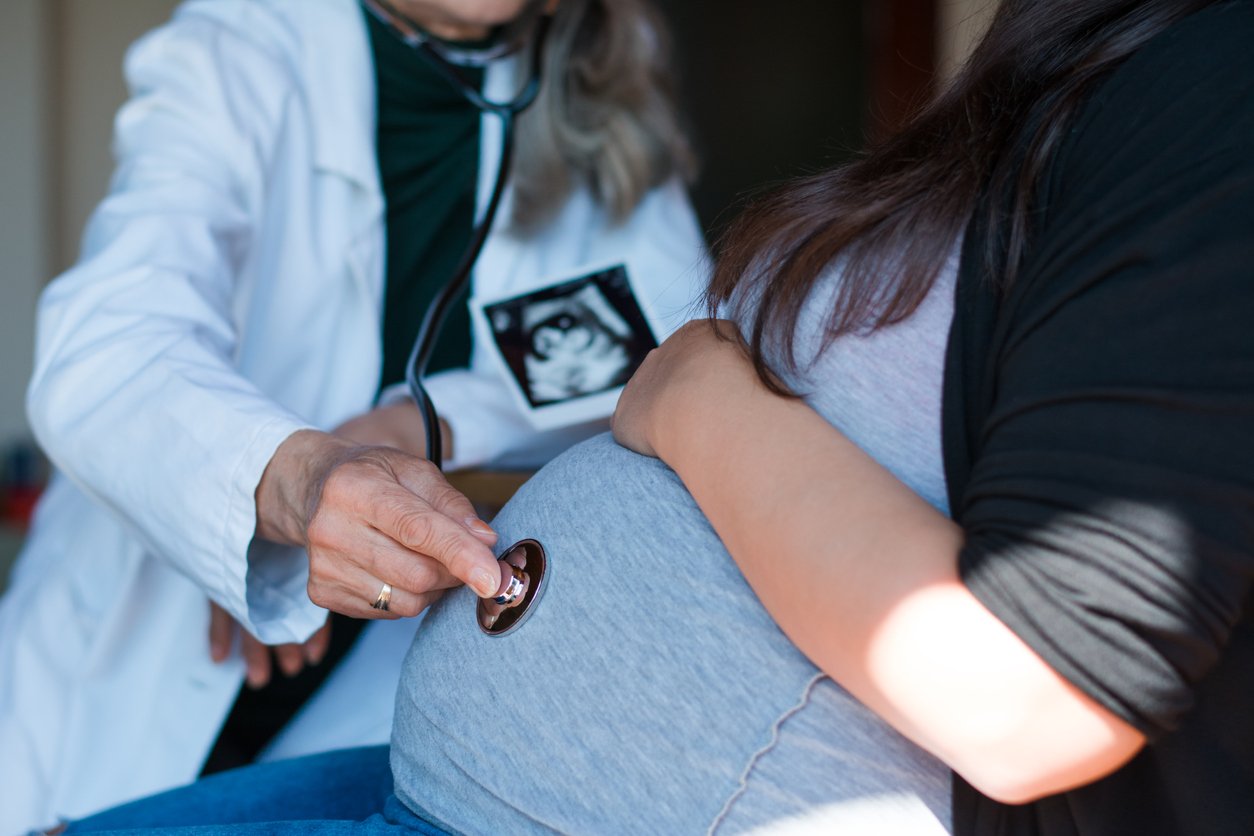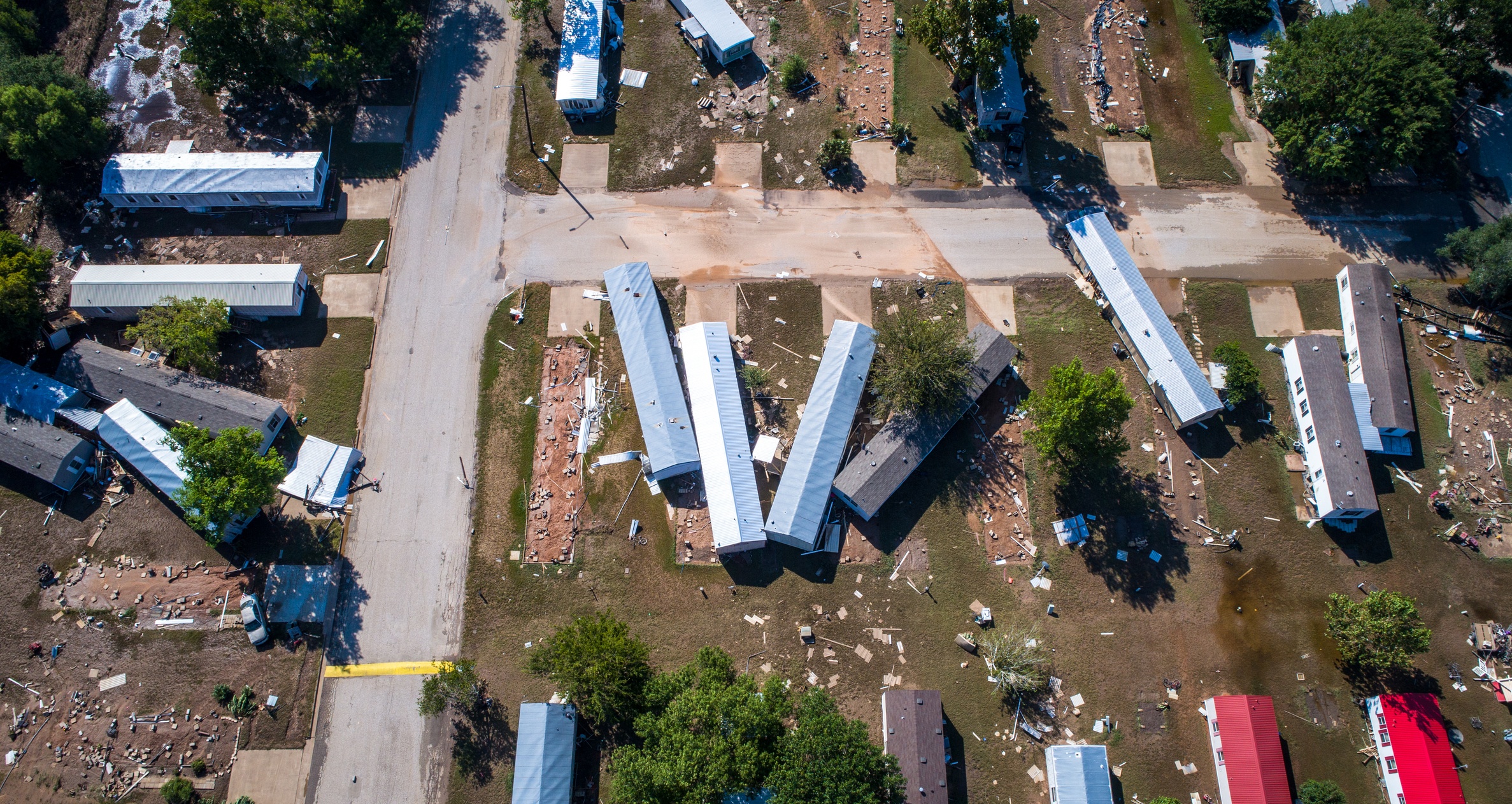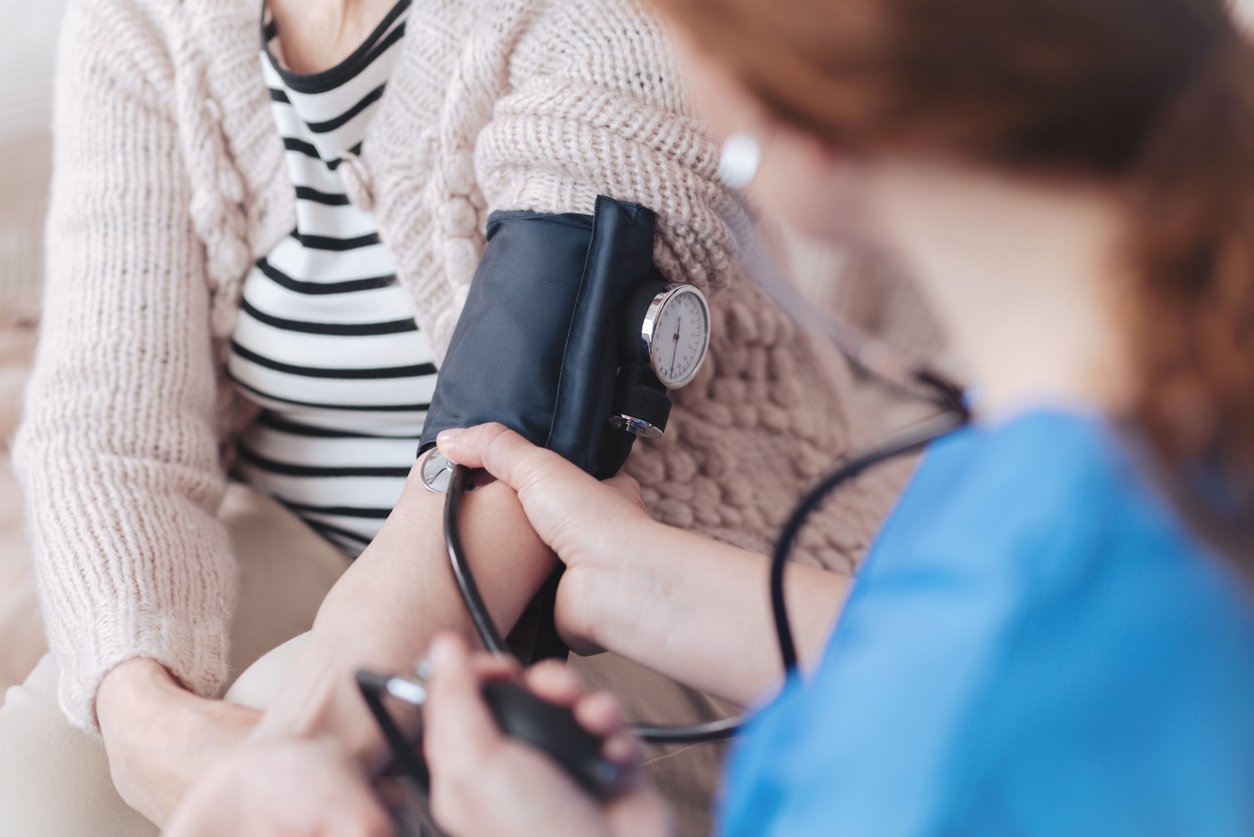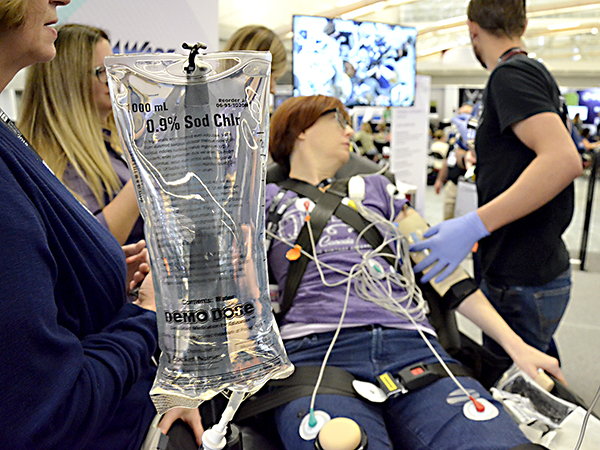
Standardized participants (SPs) for simulation scenarios can be sourced from a variety of places. If a school of nursing is at a college or university with a theater program, they may ask for volunteers from drama classes, even offering class credits. SPs can be volunteers from other educational programs, from EMS and pharmacy to nursing. At a conference ...
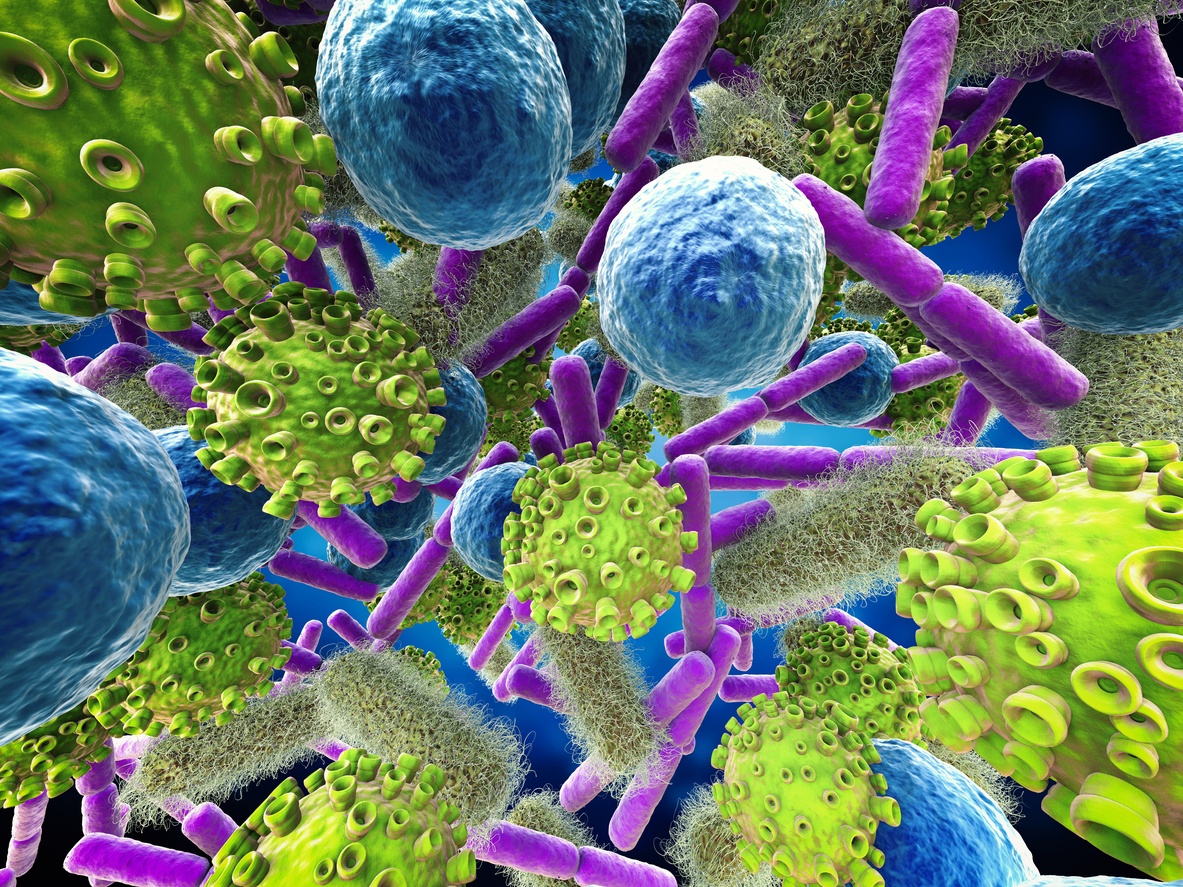
A healthcare-associated infection (HAI) is an infection that results from germs entering a patient’s body as the result of their medical care. HAIs can be associated with the use of invasive medical devices, such as catheters or ventilators, or can occur at surgical sites.
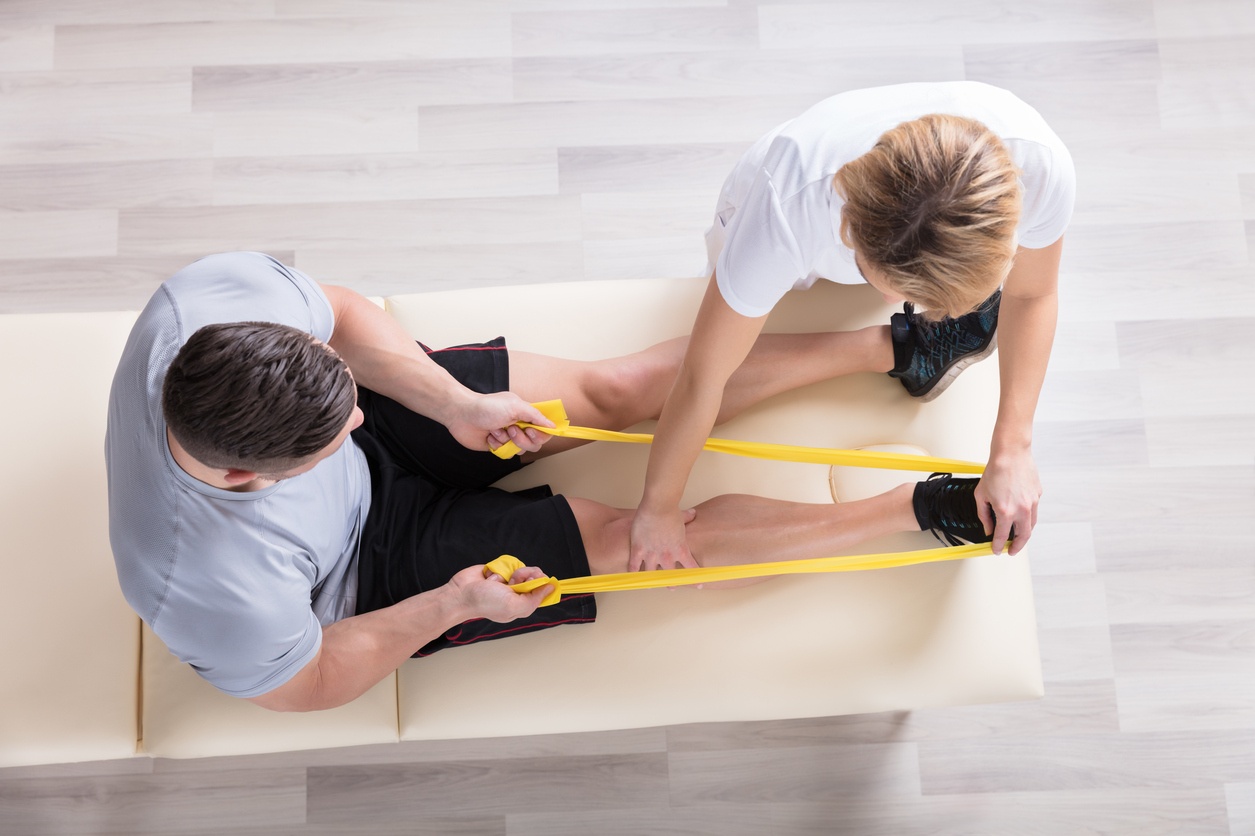
Physical therapy is a growing and thriving healthcare field. According to the American Physical Therapy Association (APTA), the demand for physical therapists (PTs) will continue to grow between now and 2020. According to the Bureau of Labor Statistics, employment of PTs is ...

In order to fight the threat of antibiotic and antimicrobial resistance (AR/AMR), the United States Department of Health and Human Services (HHS) and the Centers for Disease Control and Prevention (CDC) are heading up an effort to meet the AMR Challenge. CDC officials think pharmacists can play a vital role in addressing and preventing antibiotic ...
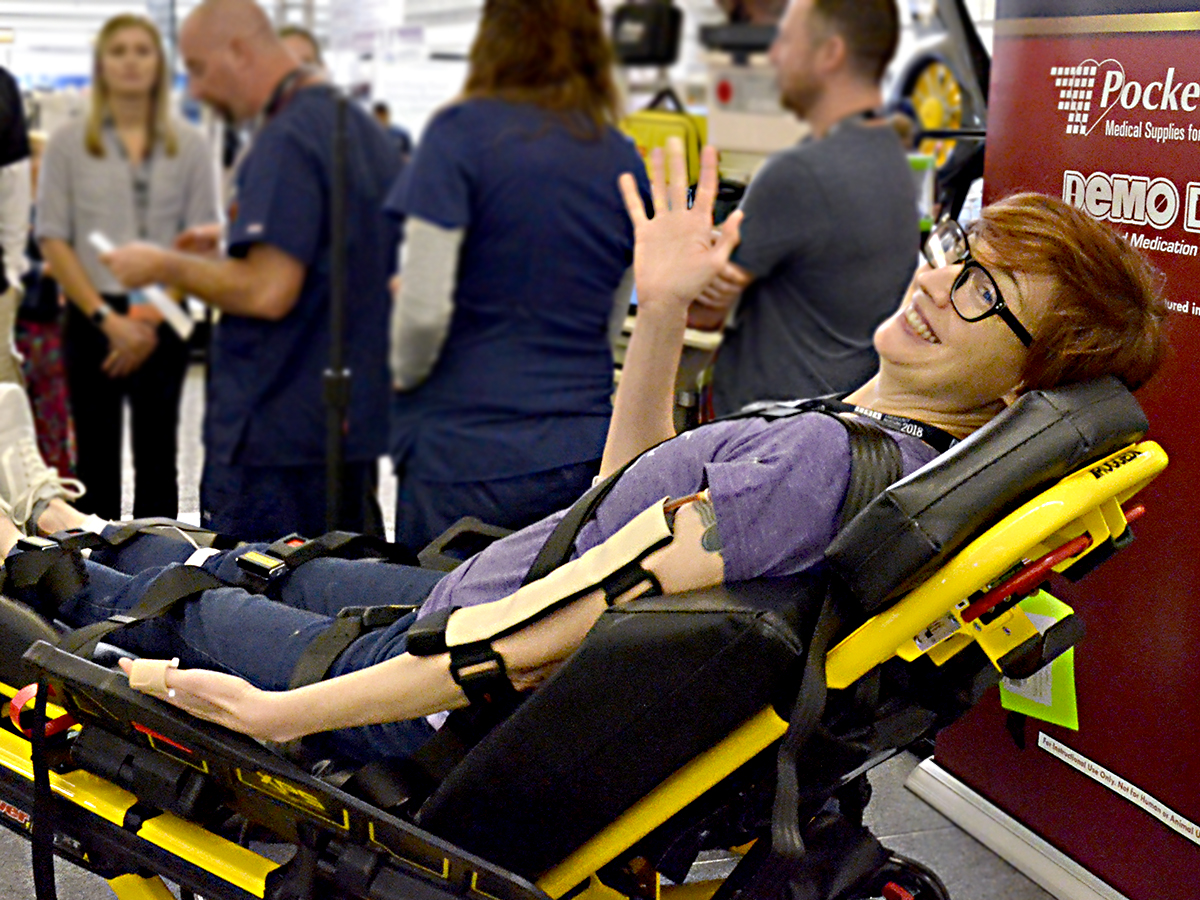
Simulation in nursing or EMS education means a lot more than “pretending” to care for a patient. Standardized participants (SP), also called standardized patients, are real people who volunteer or are paid to act in scenarios. SPs are vital to the reality of a simulated scenario, and when effective, can provide learning opportunities in all types of ...





